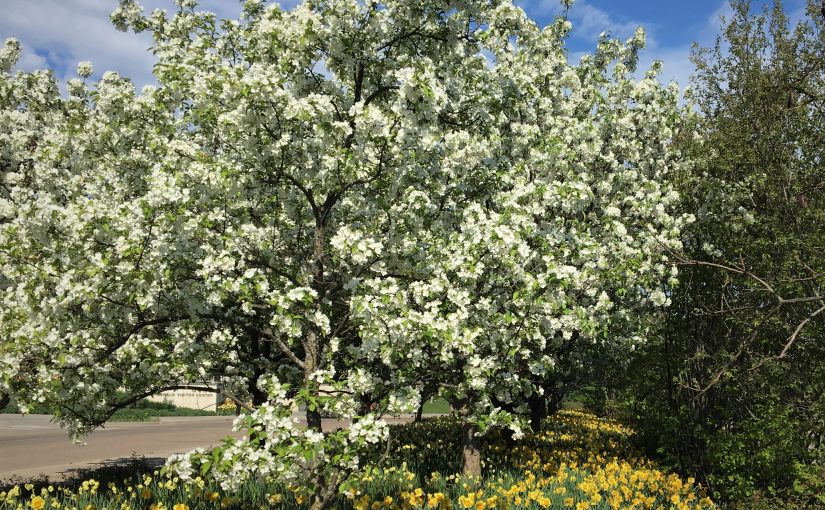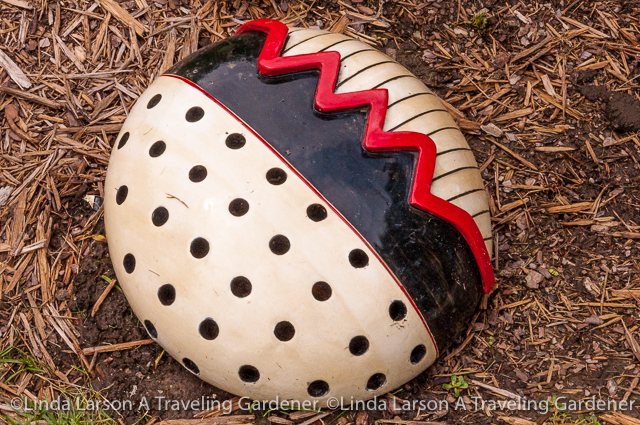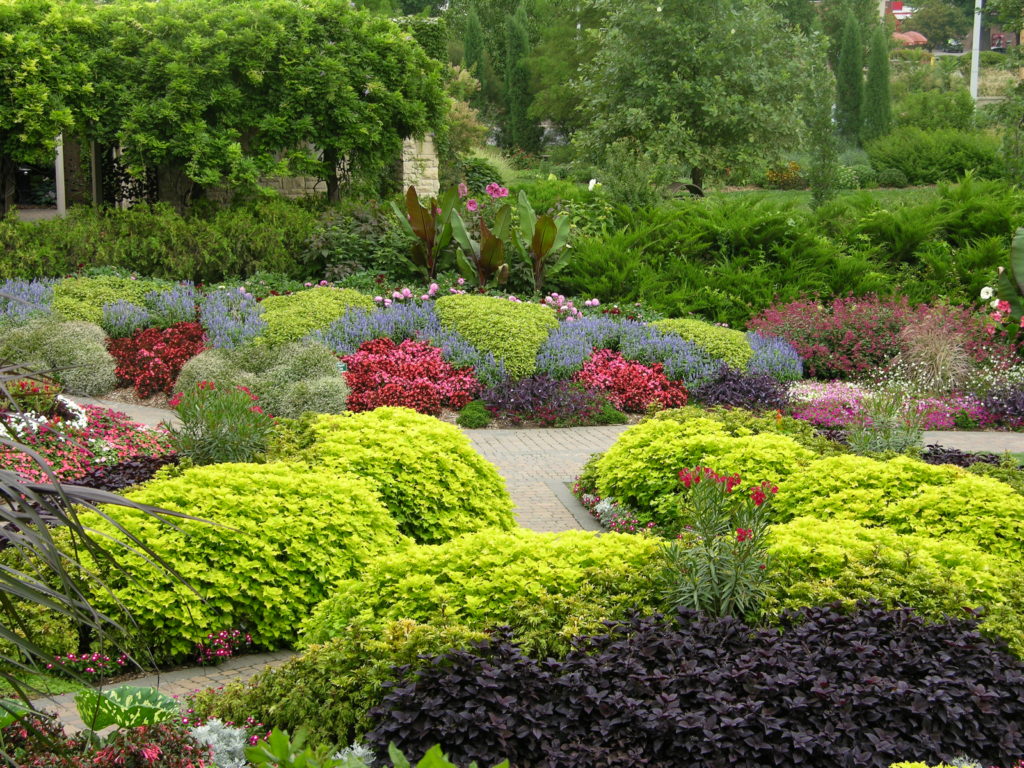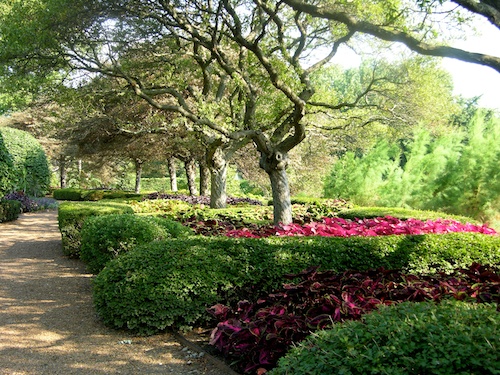The road trip has long held a certain mystique in the stories of summer travels. Driving across the US is a narrative of many movies, novels and personal nostalgia. You might see a corn palace in South Dakota, the largest ball of twine in Cawker, KS, or if you are really lucky a community point of pride in Lincoln, Nebraska, their Sunken Garden. This garden was built by the local community employing men in need of work in the early 1930’s. The land once used by children for sledding in the winter and for a garbage dump in the summer was donated by two local families for the city project. A natural low spot was shaped into a terraced amphitheater designed for trees, shrubs and thousands of plants. It has generated admiration from the surrounding communities. When it opened it created such a response to its beauty that communities nearby Lincoln sent representatives to view the garden and to obtain plant lists so local gardeners could attempt to replicate some of the beauty in their own gardens. The setting is a sunken 1.5 acre lot at the corner of 27th & Capital Parkway. Visitors walk down from street level into a network of paths winding past beds of flowers, and ponds with waterfalls. The design of the garden is changed each year based on a theme chosen to direct the plantings. “Garden themes have included Tropicalismo, Van Gogh’s ‘Starry Night’, Hachimaki – a stylized Japanese headband, ‘Power of the Peacock’, ‘Purple Haze’ and ‘Solar Flair’.” (Lincoln Parks & Recreation) From the theme to the design layout this is a composition of plants intended to paint a picture. The plants are chosen to thrive in the Nebraska summer heat and rain. The summer I visited the inspiration was a symphonic orchestration. The design represented the four movements of a classical symphony, the fast allegro, the slow largo, the minute medium paced and returning to allegro. The results were a rhythmic spacing of plants placed to move the viewer emotionally and physically as you walk from bed to bed. On a cool, overcast August morning I walked into a symphony of intense colors. Rhythmic plantings of chartreuse, silver, and purple foliage with blooms in shades of pink, burgundy, and white filled the hillside beds. There are a large number of tropical plants, such as cannas, bananas, and elephant ear which can handle the wet soil in the bowl shape of the garden. Begonias, sweet potato vines petunias, dusty miller, vinca, lantana and coleus all are chosen to complete the color palette. Several mothers strolled through with their children. Sheer joy was on their little faces as they ran from flower to flower sticking their noses into blooms to smell the fragrance, then rushing to the lily ponds full of koi, bending over to look eye to eye at the gold fish. Everything was exciting in this beautiful place. A busy damsel fly elicited a shriek of surprise as it flew among the papyrus, lotus, lilies and horsetail reeds. A large group of sorority sisters posed for group photos, their colorful clothes complementing the flowers. The garden is the site of hundreds of photos for seniors, family reunions, weddings and happy travelers every year. Gardens bring people together. It struck me that in the center of the country a community made a commitment to create beauty simply for all people to enjoy. It is a statement for public good in a world which seems so continually conflicted and angry. The garden is managed by the City of Lincoln Parks and Recreation department but it relies on passionate community of gardeners to volunteer for a series of work sessions to keep the garden beautiful. In mid-May there is the “Wake up the Beds” event. Here the work involves turning the soil, adding amendments and summer planting. The event draws as many as 125 volunteers of all ages to help plant the 30,000 annuals. Many volunteers are Master Gardeners and others just budding gardeners. The excitement of creating such beauty is not limited to this one day as the gardeners return throughout the season to see how their plants are doing. There is ownership and pride in what has been created. Garden Gab is a weekly Tuesday and Thursday meet up to touch up and spruce up the plants during the growing season. The city garden staff provide gardening lessons the volunteers can apply in their own flower beds. The first Saturday of November is the “Put the Beds to Bed” event and the spent annuals are pulled, beds composted and planting of bulbs for the spring. The garden season ends and winter arrives, yet the promise of spring brings a display of favorites with tulips and daffodils. This is an outstandingly beautiful garden. Driving cross country shows us a beautiful landscape of great variety. Finding gardens along the way is the best possible road trip.... Continue Reading









